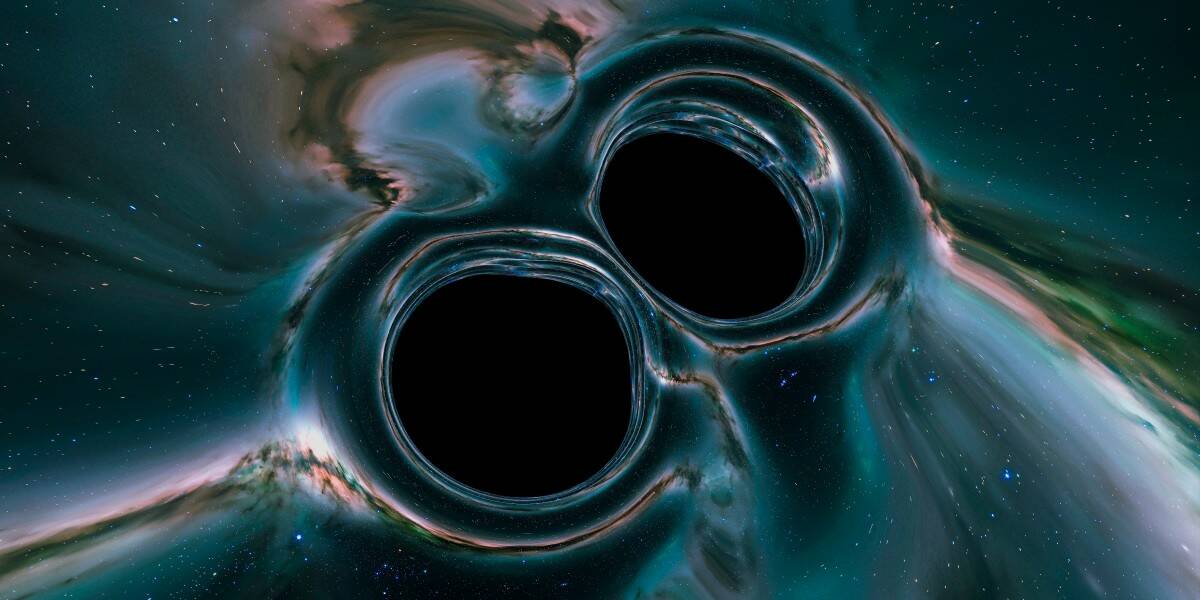Over hundreds of millions of years, the moon has been shrinking, and now, scientists are saying that this reduction in size is causing shallow moonquakes — even near NASA’s planned landing spots for human missions. Many people think of the moon as an unchanging, geologically dead body, said lunar geologist Tom Watters, but this isn’t the case. The moon is actually a geologically active body.Studies on moonquakes go back to the Apollo era when astronauts placed seismometers around the near side of the moon to record tremors. The most powerful shallow quake was found near the south pole, close to potential landing spots for NASA’s Artemis III mission planned for 2027. This region is of interest because it is believed it could contain water-based ice in permanently shadowed areas.In a recent study, Watters and his team stated that this quake is linked to a group of active faults created as a result of the moon’s shrinking. Quakes in this area could cause landslides from loose rocks and dust from surrounding craters.How a shrinking moon leads to quakesThe moon’s shrinking has been gradual, about 150 feet in circumference over the last few hundred million years. This reduction is caused by the natural cooling of its molten core, which leads to the contraction of the surface. As it shrinks, portions of the crust pushed together to form ridges known as thrust faults.Earth’s gravitational pull on the moon also applies force to the lunar surface, helping to form these thrust faults. Earth does not experience this type of shrinking, as its crust consists of separate tectonic plates, unlike the moon’s single plate. The shrinking of the moon has negligible effects on Earth, as it does not alter the occurrence of eclipses or affect Earth’s tides.There’s no need to be concerned about the moon’s shrinking unless there are plans to establish a presence there. The moon’s active faults are concerning because they could trigger seismic activity and landslides. The fact that these faults are still visible on the moon’s surface indicates that they are likely to be active and relatively young.When they located the thrust faults in images, team members reanalyzed data from the Apollo seismometers. They found the largest earthquake near the south pole was linked with a cluster of likely still active faults. To determine potential damage, the team modeled surface slopes in the south polar region, finding that some areas were very susceptible to seismic activity.Even a small amount of shaking could trigger landslides along steep walls, making it a hazardous environment for potential human visits. Moonquakes are different from earthquakes in that they can last for hours and feel much stronger due to the moon’s weaker gravity.The study provides evidence for the existence of moonquakes. While they don’t occur frequently, they could pose a hazard for future human visits. It is important to consider this hazard when planning for human activities on the moon, much like building in earthquake-prone areas on Earth.
Even though not everyone is convinced of this potential hazard, it is important to gather more information to make an accurate assessment. The scientific community needs a better understanding of the local site conditions, properties of potential moonquake sources and the conditions that would propagate seismic ground motion.









:max_bytes(150000):strip_icc()/GettyImages-699097697-ae69508d0dbd402d8db8f46f05cc0b16.jpg)




